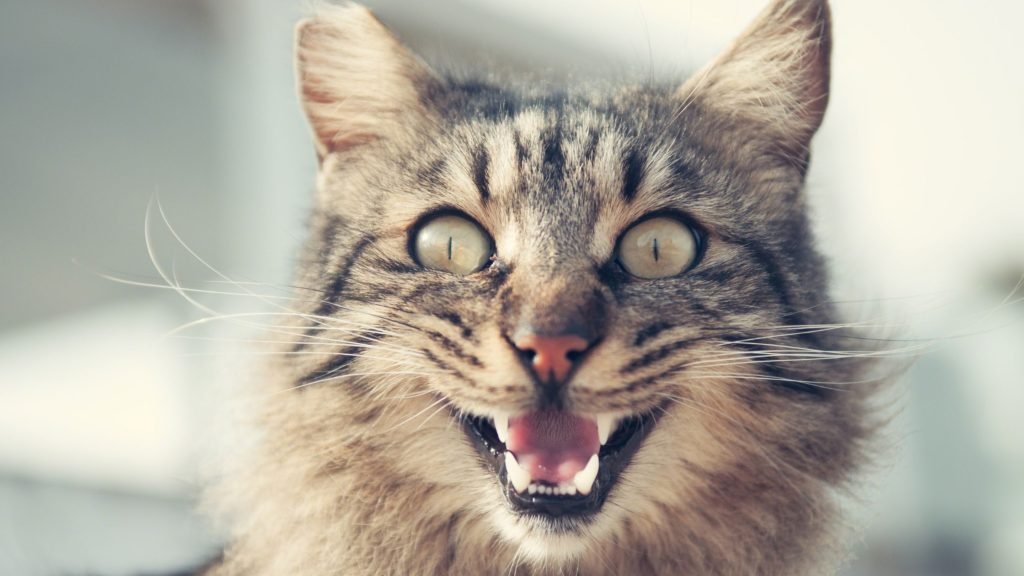As a cat owner, you might wonder, “How many teeth do cats have?” It’s not an uncommon question, and the answer is quite interesting. Adult cats typically have 30 teeth, while kittens start with 26 deciduous teeth, also known as “milk” or baby teeth.
The Difference Between Adult Cats and Kittens
What’s fascinating is that when they are six months old, kittens lose their baby teeth, replaced by permanent ones, reaching the standard 30 counts for adult felines. This process resembles how humans lose their baby teeth and gain their permanent set.
Why Understanding Your Cat’s Teeth Matters
Knowing about your cat’s dental structure is about more than just satisfying your curiosity. It’s a matter of their health and well-being. The state of a cat’s teeth can influence its overall health, with dental issues potentially leading to serious health conditions, such as heart disease and kidney problems.
With this foundation, let’s delve deeper into feline dentition.
The next part of the article will be provided in the following responses.
Anatomy of Cat's Teeth
Understanding cat teeth structure provides a fascinating insight into their dietary needs and habits. Cats, being obligate carnivores, have teeth designed for meat-eating. They have sharp canines for tearing flesh and specialized premolars and molars, called carnassials, for shearing.
The Role of Each Tooth Type
Cats have 12 small incisors in the front, ideal for precise nibbling. They have four sharp canines for catching prey and tearing meat. Behind the canines, they have ten premolars and four molars for slicing rather than chewing – unlike human teeth designed for grinding.
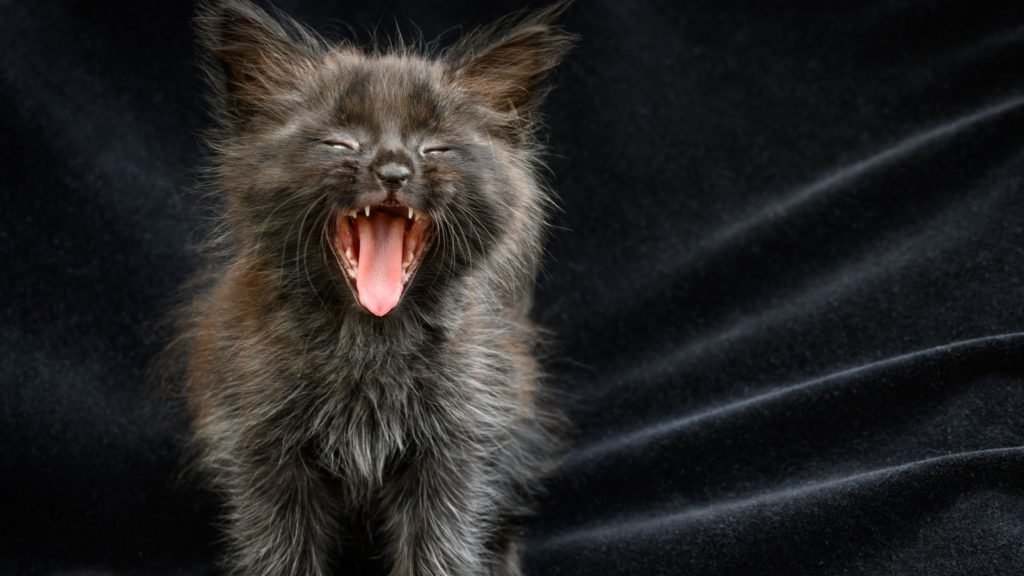
Common Dental Problems in Cats
Dental diseases are among the most common health problems in cats. Tooth decay, gum disease, and dental abscesses can cause pain and distress, leading to changes in eating habits, and can impact overall health.
Symptoms of Dental Disease in Cats
Spotting signs of dental disease prematurely is key to effective treatment. Symptoms can include bad breath, inflamed gums, drooling, loss of appetite, and changes in behavior. Regular vet check-ups can help maintain your cat’s dental health and catch any issues early.
Maintaining Healthy Cat Teeth
Maintaining your cat’s oral health involves at-home care and professional dental cleanings. Regular brushing of your cat’s teeth can help prevent plaque buildup. Dental diets and treats can also contribute to oral health.
In the next part, we’ll go into more detail about the upkeep of your cat’s teeth and how to manage the loss of teeth in cats.
How to Check Your Cat's Teeth
As a cat owner, monitoring your cat’s oral health is essential to their care. Regularly checking your cat’s teeth can help you spot any signs of disease early. It may be tricky initially, but your cat will get used to it with time and patience.
Step-by-step Process
Begin by gently lifting your cat’s lips. Look for signs like red, swollen gums, discolored teeth, or unusual masses. It’s also important to check for broken teeth or changes in the color of the gums. If you notice anything unusual, it’s best to consult your vet.
How Many Teeth Do Cats Lose?
Just like humans, cats lose their baby teeth. At around 2 to 6 months of age, kittens begin to lose their baby teeth, and by the time they are 9 months old, all permanent teeth should have erupted.
Why Do Cats Lose Teeth?
Adult cats can lose teeth due to a variety of reasons. Dental diseases such as periodontitis or tooth resorption can lead to tooth loss. Injuries or trauma can also cause a cat to lose a tooth. Regular dental check-ups are essential to prevent and treat these issues.
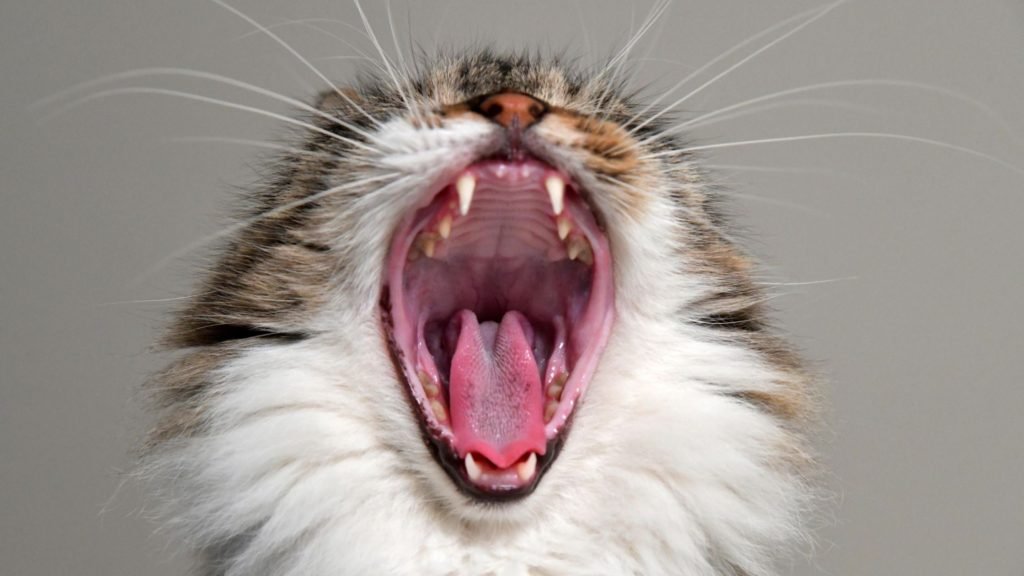
What to Know About Cat Tooth Extraction
Sometimes, tooth extraction may be necessary to maintain your cat’s overall health. While the thought of your feline companion undergoing this procedure can be distressing, it can dramatically improve their quality of life if they suffer from a painful dental condition.
Post-extraction Care
After tooth extraction, your cat may need special care, like feeding soft foods and administering pain relief as the vet prescribes. It’s crucial to monitor the extraction site for any signs of infection and follow your vet’s post-operative care instructions.
Next, we’ll discuss teeth numbers in different cat breeds and some interesting facts about cat teeth. Stay tuned!
Teeth Numbers in Different Cat Breeds
While the average domestic cat has 30 teeth, the number can sometimes vary. Certain breeds may have different dental structures. For example, purebred cats like the Maine Coon, known for their large size, may have slightly different dental facilities. However, these variances are typically minor and do not affect adult cats’ overall count of 30 teeth.
Tooth Variations in Cat Breeds
It’s also important to note that tooth variations in cat breeds are not common. Genetic mutation or selective breeding may result in cats with more or fewer teeth, but such cases are exceptions and not the norm.
Fun Facts About Cat Teeth
- Cats have sharp, pointed teeth because they are obligate carnivores. It means their diet in the wild is almost exclusively meat. Their teeth, particularly their canines, are adapted for catching and killing prey.
- Cats have a unique tooth called a caruncle at the back of their mouths. This tooth is sharp and aids in tearing meat.
- Cats don’t need to chew much because their teeth are not designed for grinding food. Instead, they are meant for slicing, which is why cats often swallow chunks of food.
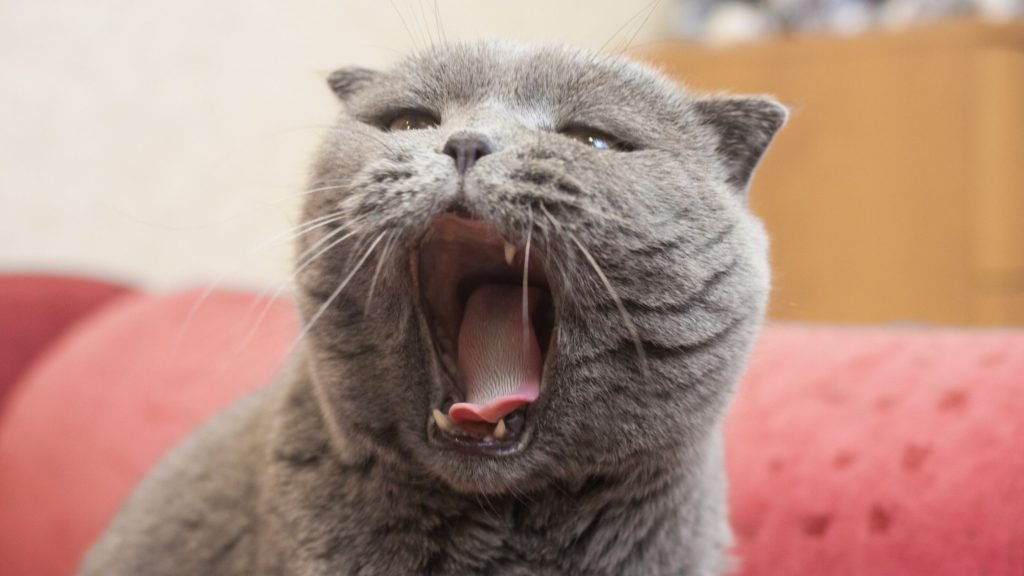
Conclusion
Understanding the answer to “How many teeth do cats have” is the first step in maintaining your cat’s dental health. Regular checks, understanding signs of dental problems, and professional dental care are necessary to ensure your feline friend maintains a healthy set of teeth. Doing so can help prevent dental diseases and improve your cat’s overall well-being.
Frequently Asked Questions
Do cats’ teeth grow back?
It is a common misconception that cats have teeth that continuously grow like sharks. However, this is different. Once a cat’s baby teeth have fallen out and been replaced with adult teeth, they will not grow anymore throughout their lifetime. It differs from other animals, such as rodents, whose teeth continuously grow and require constant wear to prevent overgrowth.
Can dental diseases in cats be prevented?
Caring for your cat’s dental health is crucial in preventing dental diseases. Regular dental check-ups are necessary, and it is recommended to visit your veterinarian at least once a year. Brushing their teeth regularly with a soft-bristled toothbrush and using dental health-approved cat food and treats can significantly improve their oral health. It is also essential to monitor their eating habits and avoid giving them sugary or sticky treats that may damage their teeth. By providing proper dental care, you can ensure that your furry friend maintains a healthy and happy smile.
What to do if my cat loses a tooth?
If you notice that one of your cat’s teeth has fallen out, it is highly recommended to seek the advice of a veterinarian. That is because tooth loss in an adult cat can be a sign of dental disease or injury, both of which are not typical or healthy for felines. By consulting with a vet, you can determine the cause of the tooth loss and take appropriate steps to ensure your cat’s oral health and overall well-being.
How often should I get my cat’s teeth checked?
Cat owners must maintain their pets’ oral health by scheduling an annual dental check-up with a licensed veterinarian. Being alert and seeking professional advice is crucial, as dental problems can arise anytime. Significant discomforts or dental issues, such as bad breath, swollen gums, or difficulty eating, should not be ignored. Working closely with your vet can prevent dental problems from escalating and ensure your feline friend’s overall health and happiness.
Related Articles
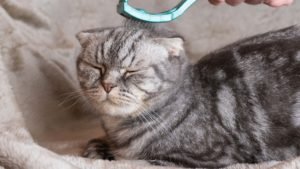
How to Groom a Cat That Hates It?
Feeling like you’re in a fur-flying fight
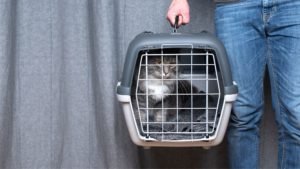
Cat Travel Made Easy: Tips for Traveling with Your Cat
As a cat parent, you might often

Can Cats See Fire? Decoding the Feline Firewatchers’ Mystery
Have you ever wondered if cats can
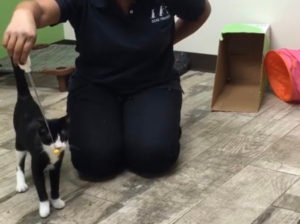
Unleashing the Full Potential of Your Cat: Professional Cat Training
Experience the difference that professional cat training
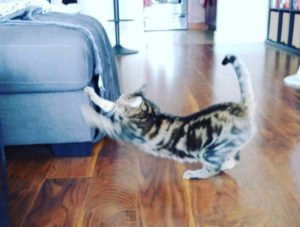
Stop the Scratch: Mastering How to Train Your Cat Not to Scratch
Tired of scratched furniture? Our guide on

The Ultimate Guide to Cage Training a Cat: Tips and Techniques
Get ready to revolutionize the way you

